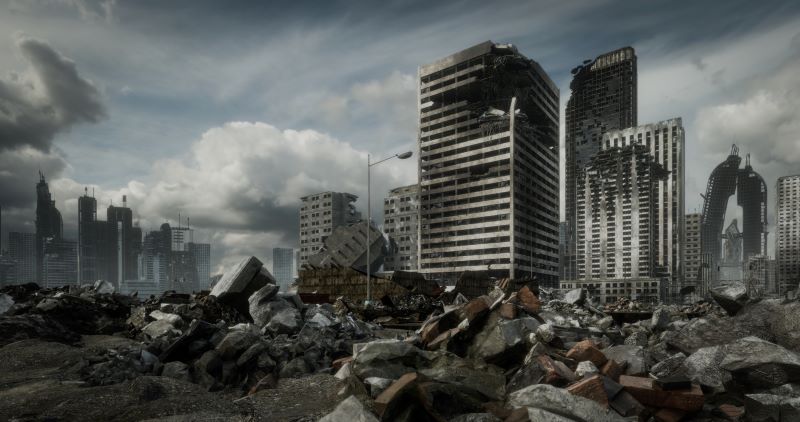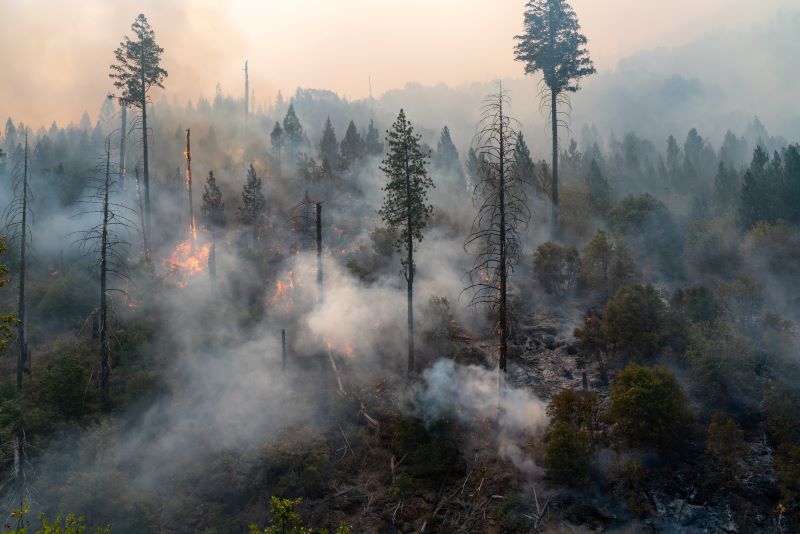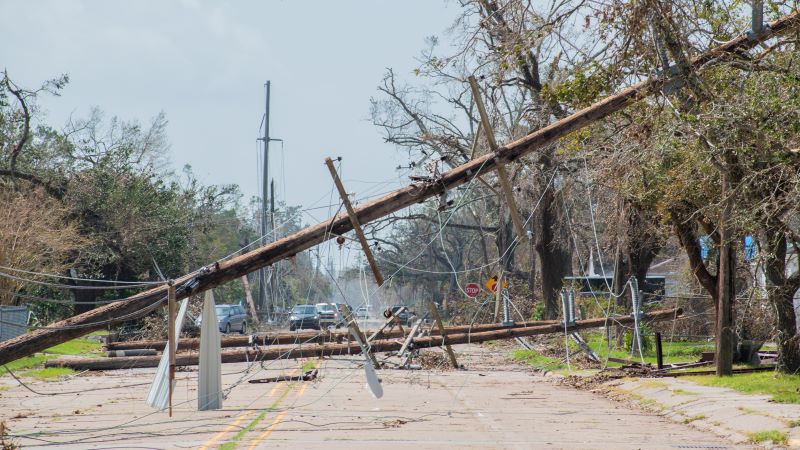How Natural Disasters Affect Drinking Water
Posted by Joel Pelina on Sep 9th 2022
During hurricanes, earthquakes, floods, and wildfires, damage to homes and infrastructure can disrupt every facet of life, from transportation, to electricity, to food production, to water supplies. In this article, we go over some of the ways that natural disasters can affect your drinking water.
Damage to the Ground and Buildings can Damage Water Pipes

High winds, shaking ground, high temperatures, and floods of water and mud can shift and damage water lines throughout the affected areas. Breaks in pipelines not only spill out municipally-treated water, but also allow outside contaminants to enter and pollute the water distributed to homes and businesses.
Sewage Can Enter Water Lines
In cases where both water distribution lines and sewage lines are damaged in close proximity, raw sewage can enter the water distribution pipes, contaminating them with bacteria, viruses, parasites, and many other harmful contaminants.
Soil Erosion Can Release Contaminants into the Water
Wildfires, floods, and hurricanes can erode the soil, releasing any harmful contaminants contained within. Water can then wash the contaminants into surface water sources, contaminating the water supply with a variety of pollutants such as heavy metals, herbicides, pesticides, and animal waste.

Fire Damage Can Break Down Water Service Lines
The extreme heat from wildfires can break down plastic water service lines. As the PVC or HDPE in these lines break down, they release volatile organic compounds (VOCs) such as benzene, naphthalene, toluene, or styrene into the water that passes through the lines. VOC exposure can cause skin irritations, nausea, damage to the nervous, immune, and reproductive systems, development damage in children, and cancer formation.
Floods Can Cause Backups and Overflows to the Water Distribution System
An excess of water from floods, hurricanes, or tsunamis can both overwhelm water reservoirs and wastewater outlets. When water reservoirs and other water supplies (e.g., rivers, lakes, or wells) are overflowed, they can overwhelm water treatment centers in both volume and through the introduction of excessive amounts of particulate matter and other contaminants. This can cause untreated, potentially unsafe water to be distributed through the water lines. When wastewater outlets are flooded by water, they can back up, causing contaminated, untreated water to re-enter the water lines for distribution.
Damage to the Electrical Grid Can Impact Water Quality

Hurricanes, earthquakes, and other disasters that damage or destroy power lines, transformers, and relay stations can cause power outages in the area. Without power, water treatment plants can neither process wastewater nor treat water before it is distributed throughout the municipality. When this occurs, potentially contaminated water may be released through the water lines.
How You Can Protect Yourself When the Water Supply Is Compromised
When natural disasters cause damage and disruption to the regional water treatment and distribution infrastructure, local authorities will advise people to avoid using tap water and/or well water. In certain cases, they may issue a “Boil Water Advisory” to instruct people to boil water before use so that the water is rendered relatively safe from potential microbial contamination.
Unfortunately, boiling water does not mitigate the effects of non-microbial contamination, such as contamination by heavy metals, inorganic compounds, or PFAS. And boiling water only works when there is a water supply available for use from the tap.
To help during water emergencies, Multipure offers its Water Emergency Treatment (WET) System and Aqualuxe water purifier as ways to render water supplies safe for use. While the Aqualuxe requires water pressure from the plumbing or the use of an emergency pump, the WET System lets you process water from your bathtub, rain barrel, or even the flush tank of a toilet, and render it safe for consumption. While it can be difficult to predict the occurrence of a natural disaster or water emergency, with the right preparation, you can ensure that you have a means to a safe water supply.
References
“Flood Advice for Drinking Water Systems.” Washington State Department of Health. April 30, 2019. https://www.doh.wa.gov/Portals/1/Documents/Pubs/331-300.pdf
“How Natural Disasters Can Damage Your Water Lines.” Harris Water Main & Sewer. March 31, 2022. https://www.harriswatermainandsewers.com/how-natural-disasters-can-damage-your-water-lines/
“Use Safe Water After a Natural Disaster or Emergency.” CDC. September 20, 2021. https://www.cdc.gov/disasters/foodwater/safe-water.html
“What Happens When Water Treatment Plants Are Damaged by Natural Disasters?” WaterColor Management. Last accessed August 30, 2022. https://www.watercolormanagement.com/what-happens-when-water-treatment-plants-are-damaged-by-natural-disasters/

